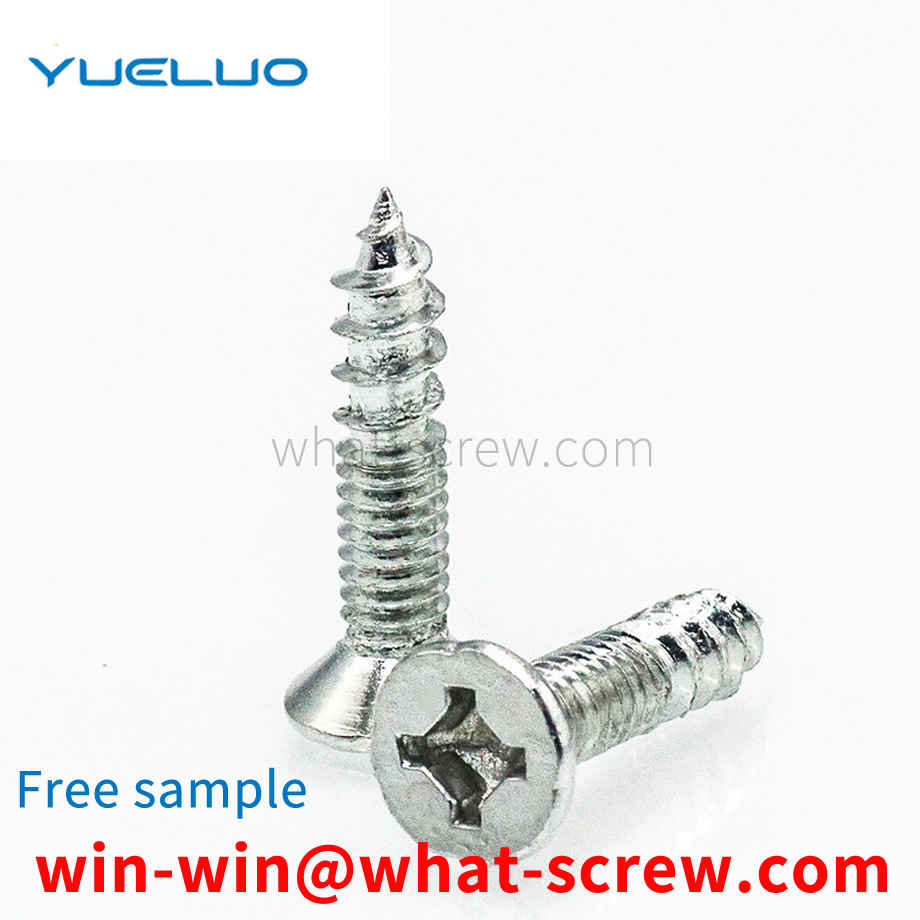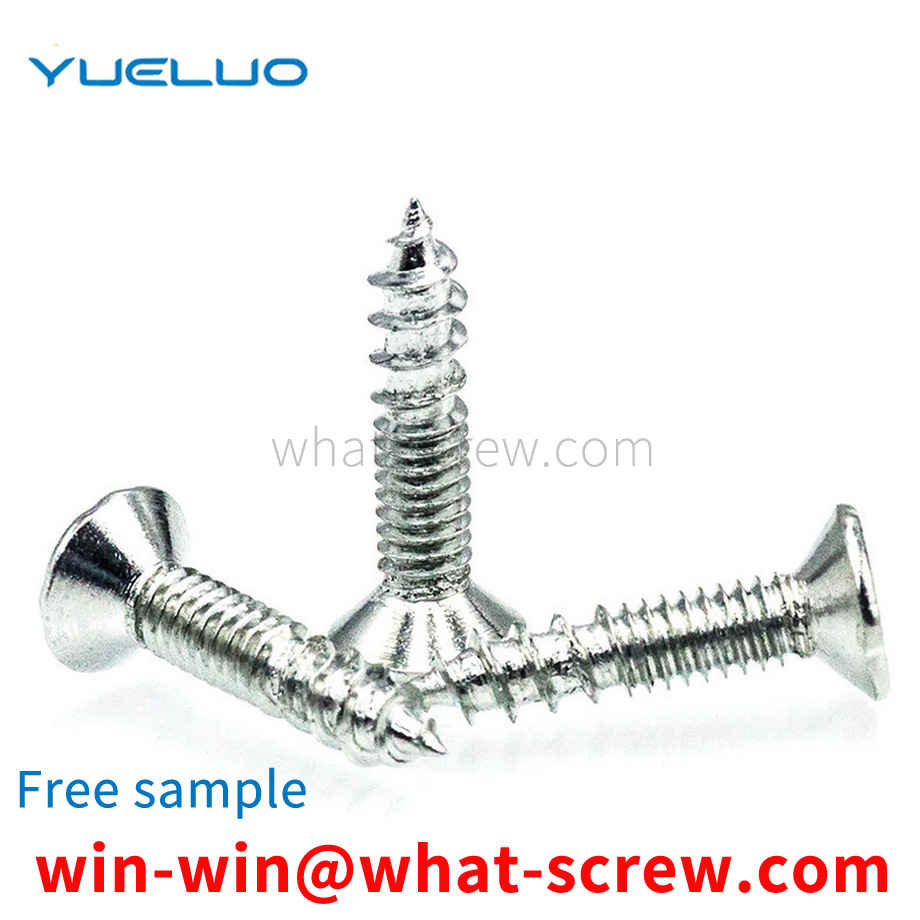Swimming self-locking nut GJB 125.1~125.6-86 The double-ear sealing swimming self-locking nut is composed of four parts: sealing cover, self-locking nut, pressure ring and sealing ring. It has compact structure and reliable sealing, and is suitable for products whose working pressure is not more than 2atm, working medium is gasoline, kerosene, water or air, and the operating temperature is -50~100℃. However, it has certain difficulties in the manufacturing process and air tightness test.
flange T-bolt, comprising: a T-bolt including a threaded tooth body and a bolt head fixedly connected to the threaded tooth body; a flange gasket with a plurality of clip teeth, the flange gasket passing through the The plurality of clamping teeth are clamped with the bolt head of the T-bolt. The technical solution of the utility model is that when the groove-type embedded parts are embedded vertically or at a certain angle, the plastic flange of the new T-bolt will help the bolt to be pre-positioned at a certain position of the groove. When multiple WaikatoT-bolts are used for fixing, Only one worker needs to pre-arrange the bolt positions and then lock the nuts, which greatly improves the construction efficiency.
Equipment that needs to be maintained at high altitude or under complex working conditions requires screw loss prevention design. Although traditional Waikatocaptive screws can achieve the purpose of preventing falling off, because the diameter of the screw is smaller than the major diameter of the thread, it is difficult to match the gasket, and the gasket will be eccentric, which is easy to install. Scratch the surface of the product, affecting the corrosion resistance and appearance of the product.
WaikatoT-bolts are a common type of bolts that tend to be used with rails when used. When the existing rail is in use, the T-shaped bolts are easily stuck and cannot reach the designated position well, and the use is not convenient enough, so that the T-shaped bolts cannot be well fixed.
As a standard part, it should have its own general specifications. For hexagonal nuts, the commonly used standards are: GB52, GB6170, WaikatoGB6172 and DIN934. The main differences between them are: GB6170 is thicker than GB52, WaikatoGB6172 and DIN934. Thick from DIN934, commonly known as thick nut. The other is the difference between the opposite sides, the opposite sides of DIN934, GB6170 and WaikatoGB6172 in the M8 nut series are 13MM smaller than the opposite side 14MM of GB52, and the opposite sides of M10 nuts, DIN934 and GB52 are 17MM. The opposite side of GB6170 and WaikatoGB6172 should be 1MM larger, M12 nut, DIN934, GB52's opposite side is 19MM larger than GB6170 and WaikatoGB6172's opposite side 18MM is 1MM larger. For M14 nuts, the opposite side of DIN934 and GB52 is 22MM, which is 1MM larger than the opposite side of GB6170 and WaikatoGB6172, which is 21MM. The other is the M22 nut. The opposite side of DIN934 and GB52 is 32MM, which is 2MM smaller than the opposite side of GB6170 and WaikatoGB6172, which is 34MM. (Besides the thickness of GB6170 and WaikatoGB6172 are the same, the width of the opposite side is exactly the same) The rest of the specifications can be used in general without considering the thickness.
We have many years of experience in the production and sales of screws, nuts, flat washers, etc. The main products are: national standard 10.9 screws, cup head hexagon socket knurled bolts, large umbrella head hexagon socket head bolts, cabinet Waikatocage nuts and other products, we can help you Provide the right fastener solution for you.



















 Service Hotline
Service Hotline




